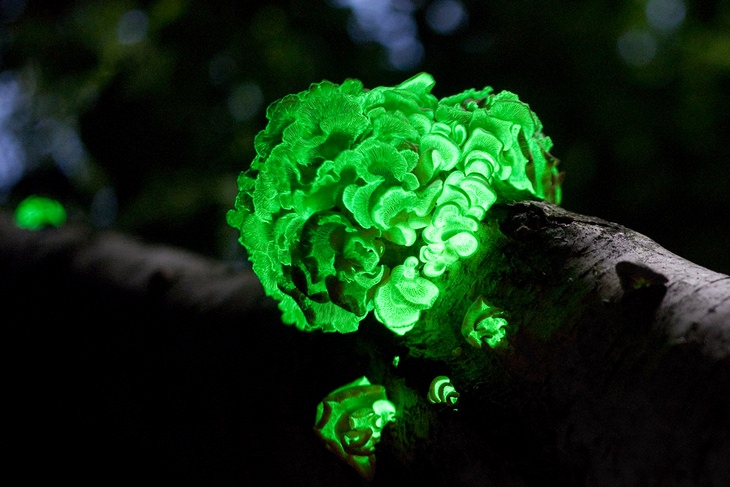1. The Peacock Mantis Shrimp
Despite their name, mantis shrimps aren’t true shrimp, and have diverged from other crustaceans 400 million years ago. They are amazing for several different reasons, such as their eyes, which are the most complex of any other living creature, capable of moving independently, having 12-16 different types of photoreceptor cells (compared to humans’ meager 3) and being able to detect UV light. Mantis shrimp are named thusly because of their front claws, which are kept folded near the head. Like the mantis, they are predators and kill with vicious effectiveness. They strike their prey with their claws at an amazing speed of 51 mph. Their strike is so sudden and fast that it creates an explosion in the water that can kill or stun prey, if the strike itself doesn’t cut it.
2. Chimeric Fruit
This bizarre looking citrus is what’s called in genetics a chimera. While the mythological chimera was a hybrid of various animals, a biological chimera is something rather more subtle. Think of identical twins: the reason they look the same is that they are two humans formed from the same zygote, but the opposite can also happen- a single creature formed from two different zygotes. The way this manifests in animals and plants is often dramatic, with a clear line showing completely different coloration on two sides.
3. Golden Cownose Migration
Cownose rays are related to manta and more distantly to stingrays, and they can be easily recognized by their pale color and the bumps on their heads, giving the head the appearance of a cow’s nose. Twice a year, these rays migrate en masse from the Yucatan Peninsula to Florida and then back, seeking warmer water. The effect of seeing these majestic creatures in their thousands moving as one is breathtaking.
4. Giant Asian Hornets
Hornets are the biggest jerks in nature, and at nearly 2 inches from stinger to head, the giant Asian hornet is the biggest jerk of them all. While their bee cousins are generally bashful of humans, die upon stinging and produce sweet honey, the giant Asian hornet has all of the military structure of a bee swarm with none of the productivity. They are fearless predators, hunting any and all insects it can, including large predators like mantises. Their sting is extremely painful, and in large numbers can cause severe organ failure and death in humans, even to those who are not allergic.
5. Qinling Pandas
Once thought to be merely a variant of the giant panda, Qinling pandas are now recognized as a distinct subspecies. There are around 200-300 of these brown pandas in the wild, restricted to the Qinling mountain range in China. It is believed that the different coloration of their coat is due to inbreeding.
6. Angel Oak
Sometimes erroneously stated as 1,500 years old, Angel Oak in South Carolina is nevertheless very old, at about 400-500 years old. This huge, sprawling tree has branches as long as 187 feet and covers about 17,200 square feet with its shade. This much-loved tree is actively protected by the Lowcountry Land Trust, which purchased the land around the oak to protect it from encroaching buildings.
7. Opals
Opals aren’t true gemstones, as they do not appear in nature in the form of crystals, appearing rather more like glass. What makes precious opals so special is that their internal structure diffracts light, creating an iridescent, multi-color appearance that is highly prized in jewelry.
8. Horseshoe Crabs
Despite their name, these creatures aren’t crabs at all and are more closely related to spiders and scorpions. If their strange, armored appearance seems like it was plucked straight out of a time before even dinosaurs, that’s because they have been around and unchanged for 450 million years, 200 million years before the first dinosaur ever stomped the ground.
9. Dragon Blood Tree
This bizarre evergreen plant is endemic entirely to four islands off the coast of the Horn of Africa which belong to Yemen. It’s stocky appearance and densely-packed prickly leaves are striking, but stranger still is its dark red resin, which appears like blood. The resin has been in wide use as a dye, varnish and in mouth hygiene. It is currently endangered by the rise in tourism and industry.
10. Foxfire
Foxfire is the name given to the breathtaking phenomena of certain mushrooms generating a light that is either bright green or blue in the dark. This bioluminescence is present in fungi that grow on decaying wood. We do not fully understand the function of this glow, though some posit that it serves to attract insects so that the fungus can spread its spores.

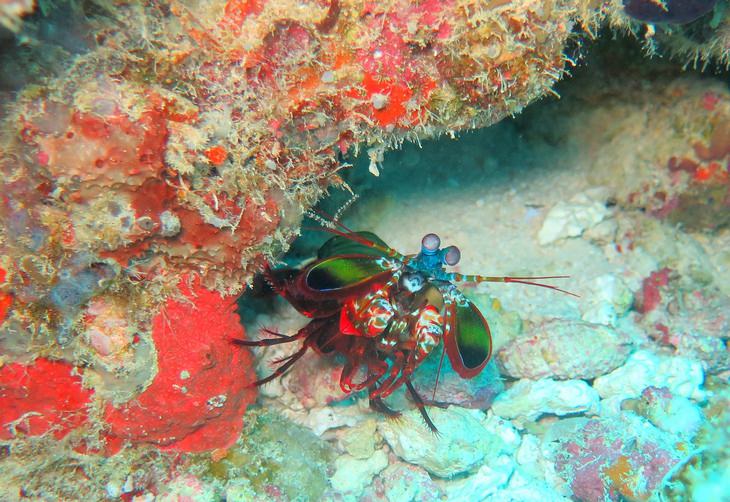
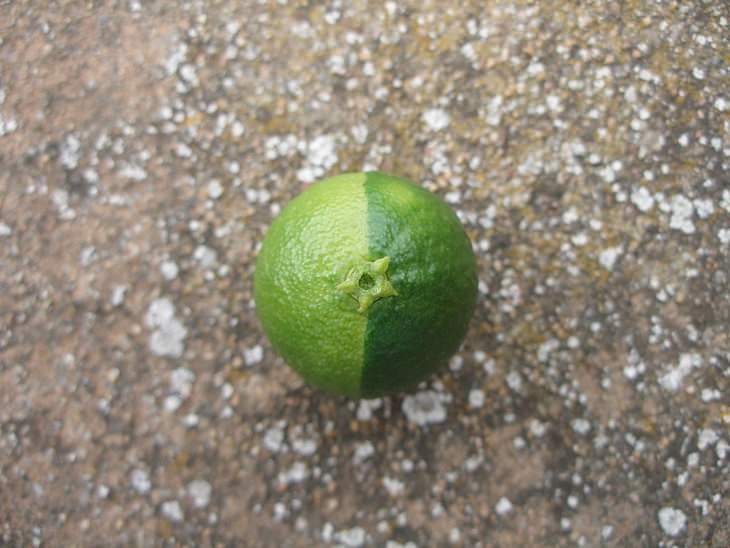 Source: HeberM
Source: HeberM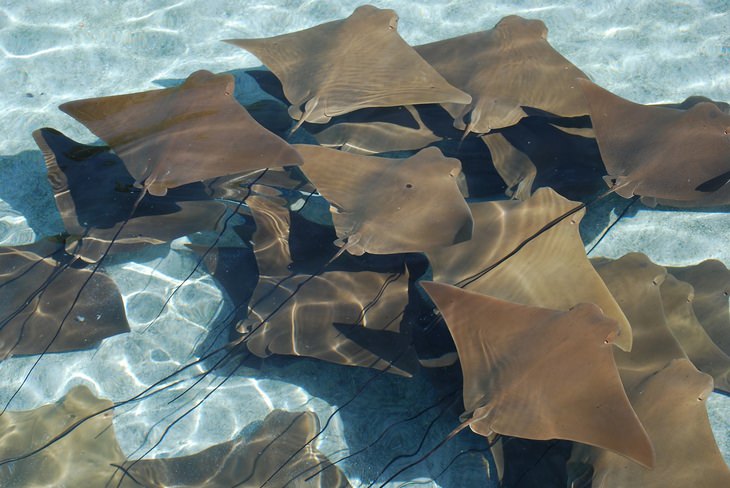
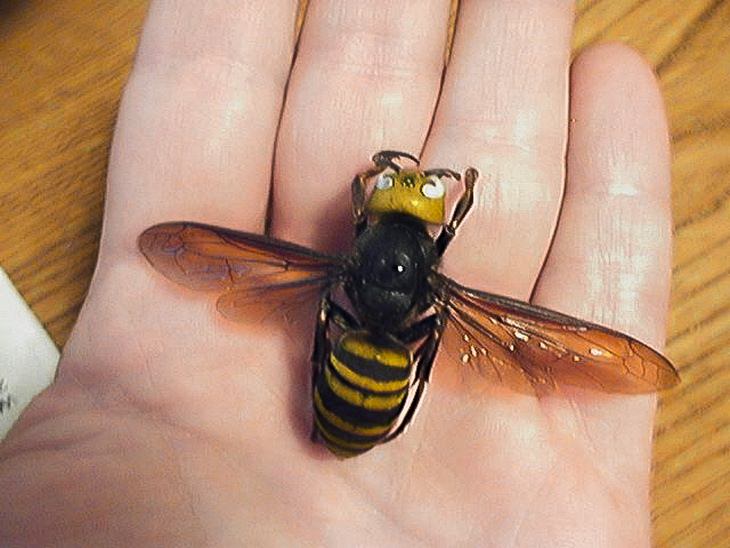 Source: NUMBER7isBEST
Source: NUMBER7isBEST Source: AilieHM
Source: AilieHM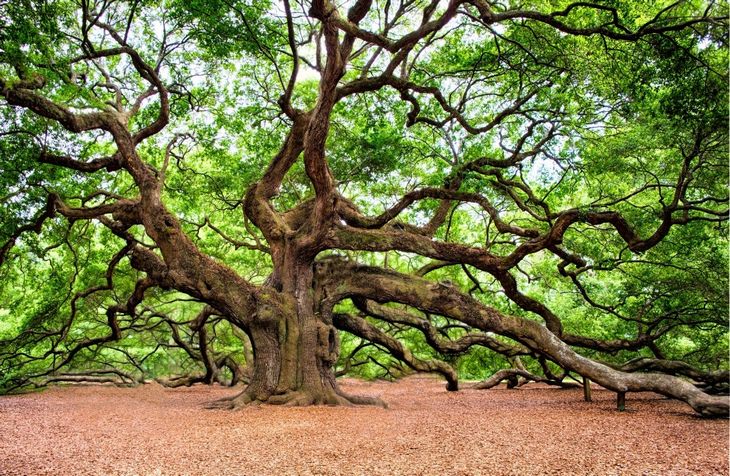
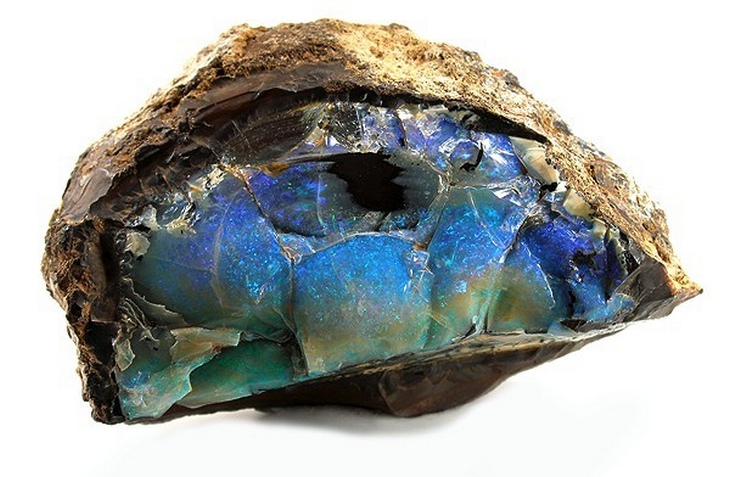 Source: Rob Lavinsky, iRocks.com
Source: Rob Lavinsky, iRocks.com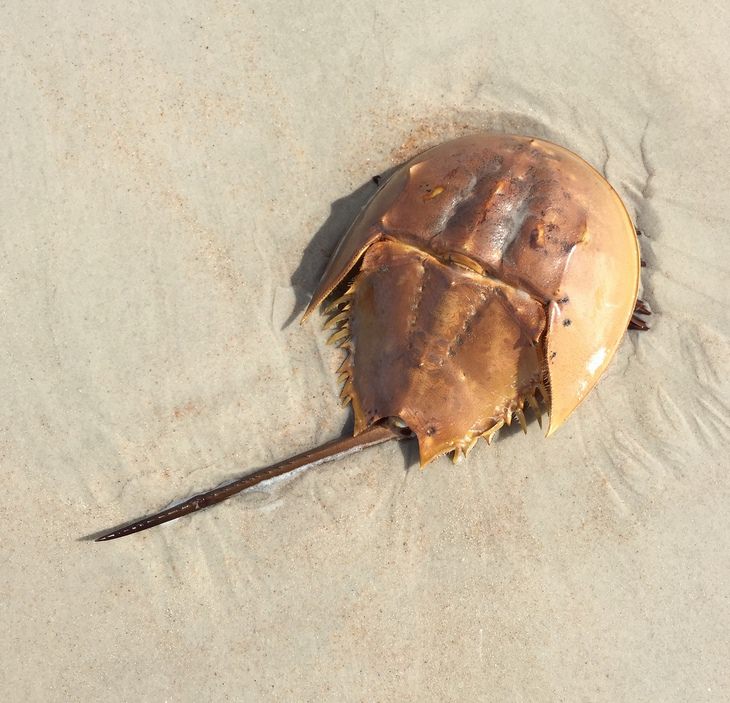
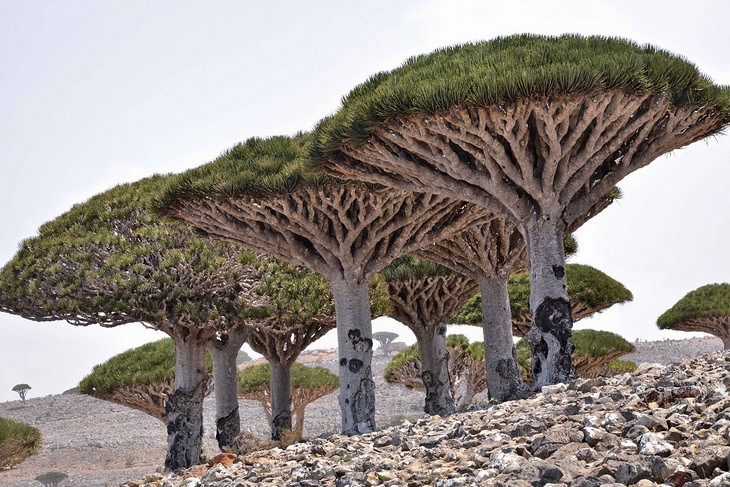 Source: Rod Waddington
Source: Rod Waddington